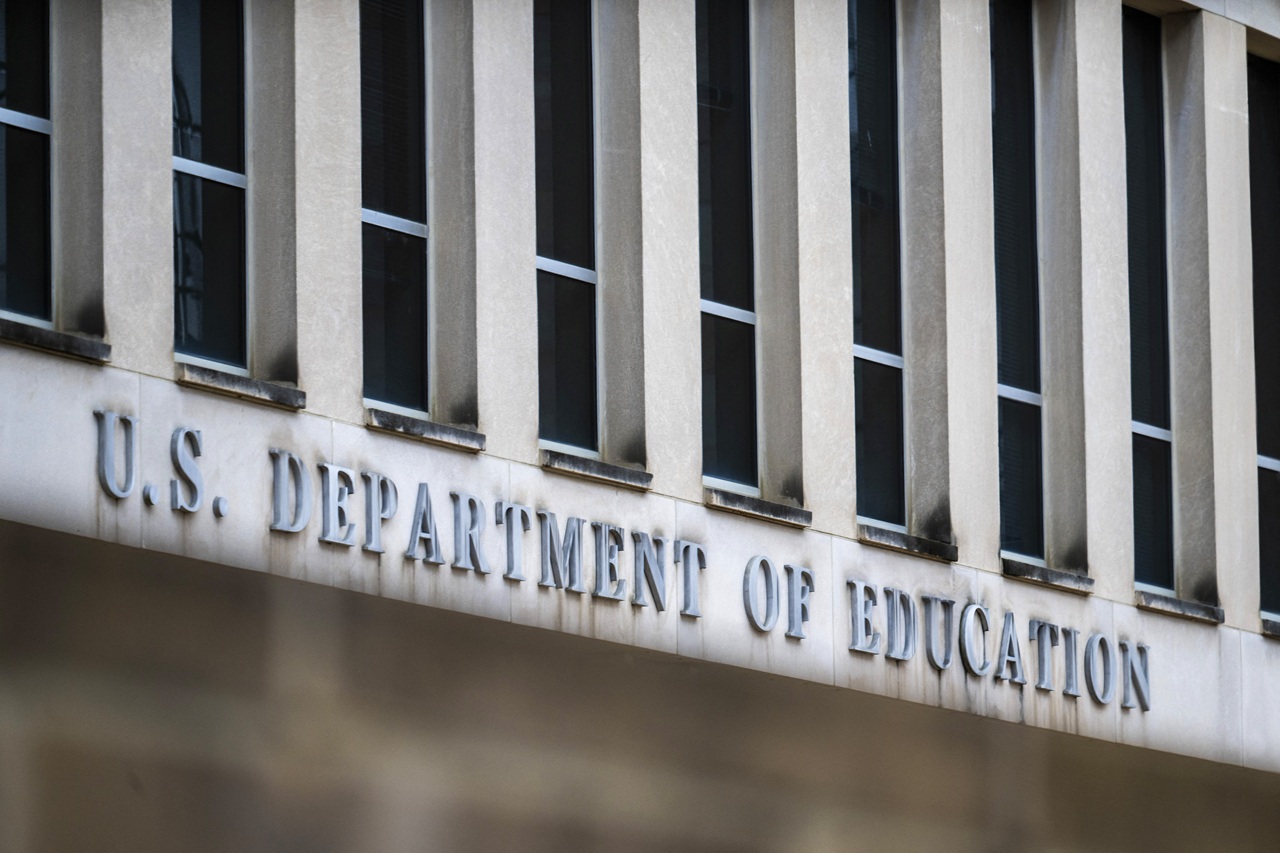One year of Driving Equality: Councilmember Isaiah Thomas reveals findings and analysis from his landmark bill
Thomas and the Driving Equality Accountability Group presented what the national model for improving police-community relations has done for Philly.
Skepticism was heavy towards Philadelphia City Councilmember Isaiah Thomas and his bill “Driving Equality” — now a national model for improving police-community relations — when he first introduced it in October 2020.
The bill was out to reduce negative interactions between police and community members, particularly Black and Latinos that make up a large part of the city’s population.
It reclassifies eight minor traffic violations and redirects police time and resources toward keeping residents safe while also decreasing the number of negative interactions.
It had been negotiated with city police, the Defender Association of Philadelphia, the Mayor's Administration, and other entities before it was introduced and ultimately passed.
Mayor Jim Kenney signed the Driving Equality Executive Order the following November and after 120 days of officer training and education around the policy change, it went into effect on March 3 — making Philadelphia the first major city to pass such a law.
In the aftermath of 29-year-old Tyre Nichols’ death following a brutal beating by five Black Memphis police officers on Jan. 7, 2023, the city of Memphis is considering similar legislation. Nichols was pulled over in a routine traffic stop. Memphis City Councilmember Michalyn Easter-Thomas is championing the legislation that is inspired by Philadelphia’s Driving Equality Law.
Thomas met virtually with Easter-Thomas on Monday, Feb. 20, to further discuss both Philly and Memphis’ legislation, regarding how it started, how it got passed, and how cities would analyze their data.
“I'm extremely proud of the work, I'm extremely proud of the team. And I'm proud of the fact that this is something that's been replicated across the country,” Thomas began the year-in-review conference.
Earlier on Friday morning of March 3, on the one-year anniversary, Thomas, Keisha Hudson, the Chief Public Defender and members of the Driving Equality Accountability Group, unveiled their findings in the Caucus Room in City Hall.
Members of the accountability group included Pastor Carl Day, Nia Holston, an attorney with Abolitionist Law Center, Villanova Sociology and Criminology Professor Lance Hannon, community advocate and IBEW Local 98 business representative Nehemiah Devine, and the Defender Association of Philly’s Police Accountability Unit.
“Public safety has been a part of the city of Philadelphia our whole life. Is this bill really the problem? Do you really believe with all the problems and the overdose crisis, that this is the problem. Shame on anybody who tries to say that because we are fighting for the plight of Black people,” Thomas said.
Thomas also addressed those who turn a blind eye to the issue of Black and Brown men being killed by police during minor traffic stops.
“Why can't you trust our stories? Why can't you believe us when we tell you that we got pulled over for nothing? Why can't you understand that this is a systemic problem?” he said.
Findings
The data analyzed and presented by Defender Association of Philadelphia, was compiled from the city's Police Department from March 3 through Oct. 31 to show traffic stops following the enforcement of the bill.
Traffic stops have dropped 54% since the implementation, with 11,879 fewer Black drivers being stopped for motor vehicle code violations addressed by Driving Equality (a 54% reduction). Over 2,400 fewer white drivers were stopped.
RELATED CONTENT
Before Thomas’ bill, lighting violations were one of the most common reasons for a traffic stop, but after the implementation of Driving Equality, it became the third-most common violation with the most common reason currently being failure to stop at a stop sign, followed by failure to stop at a red light.
Prior to Driving Equality, the police made 23,333 lighting violation traffic stops, with 8,450 stops in the time since, a 64% reduction. For code violations not reclassified by the bill, traffic stops increased 19%.
Stops for expired registration increased 36% since the implementation, from 3,409 traffic stops to 4,627. The bill reclassified the violation to allow a 60-day grace period for vehicle registration.
Illegal tint or dark tint has also always been a subject of traffic stops. Stops for illegal tints not addressed in Driving Equality went up by 18% following implementation, from 12,184 stops to 14,406.
One rarely cited violation was for careless driving and speeding. They accounted for nearly 2% of all traffic stops before Driving Equality implementation, but increased to roughly 4% of all traffic stops in the year since.
Red light and stop sign violations have also gone up following the implementation, from 18,769 traffic stops to 25,442 traffic stops, but that is still lower than pre-pandemic numbers when it was approximately 40,000 traffic stops.
Do police ever find weapons during a stop?
According to the data compiled, law enforcement rarely find any kind of weapon during a traffic stop, even when they believe the person is carrying. Before implementation, only 318 of 217,963 traffic stops resulted in the recovery of a gun.
Following the implementation, 346 of 64,332 vehicle code stops resulted in the recovery of a gun, with fewer traffic stops finding firearms nearly as often with a higher recovery success percentage.
Over 92.21% of traffic stops resulted in law enforcement not finding a firearm.











LEAVE A COMMENT: